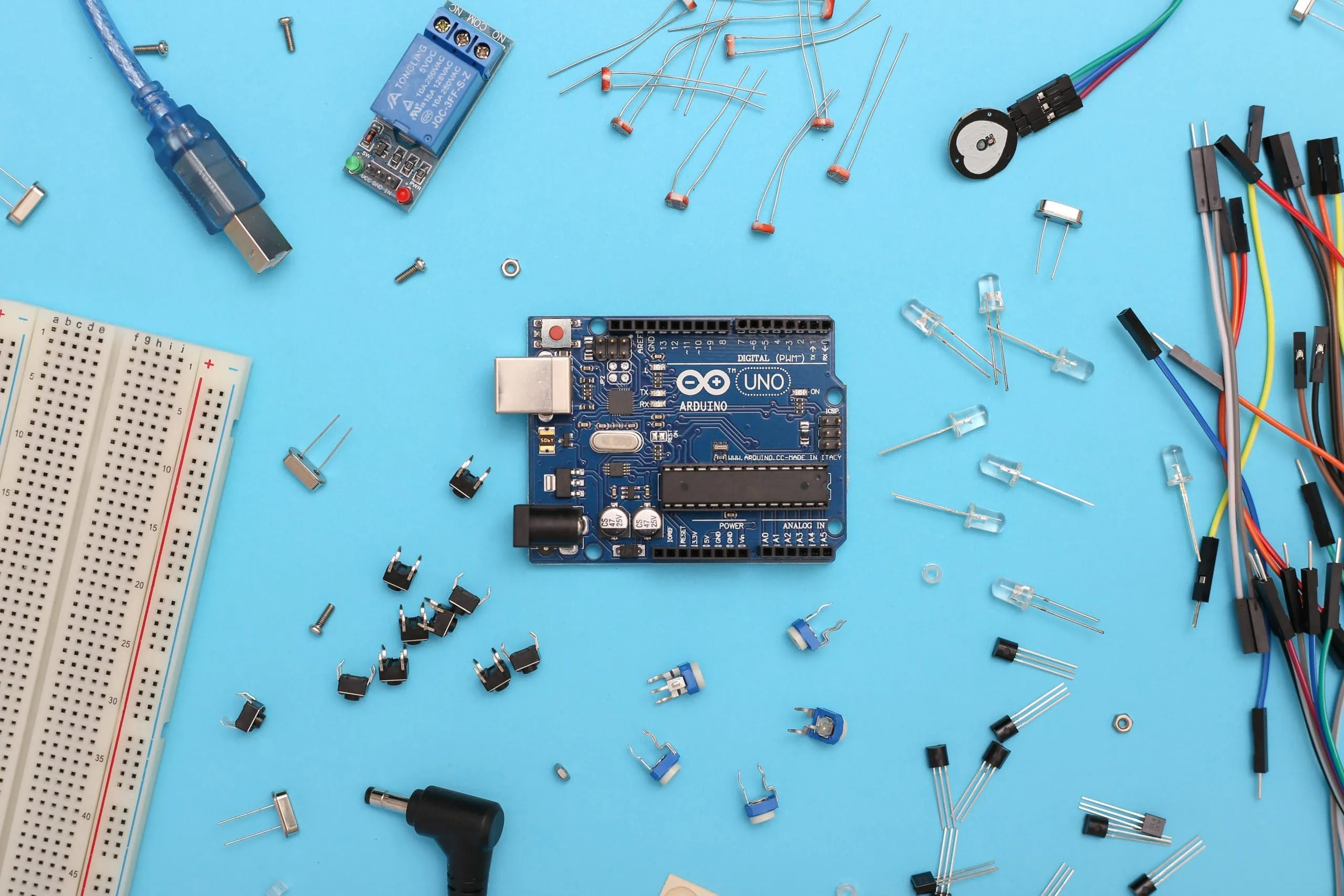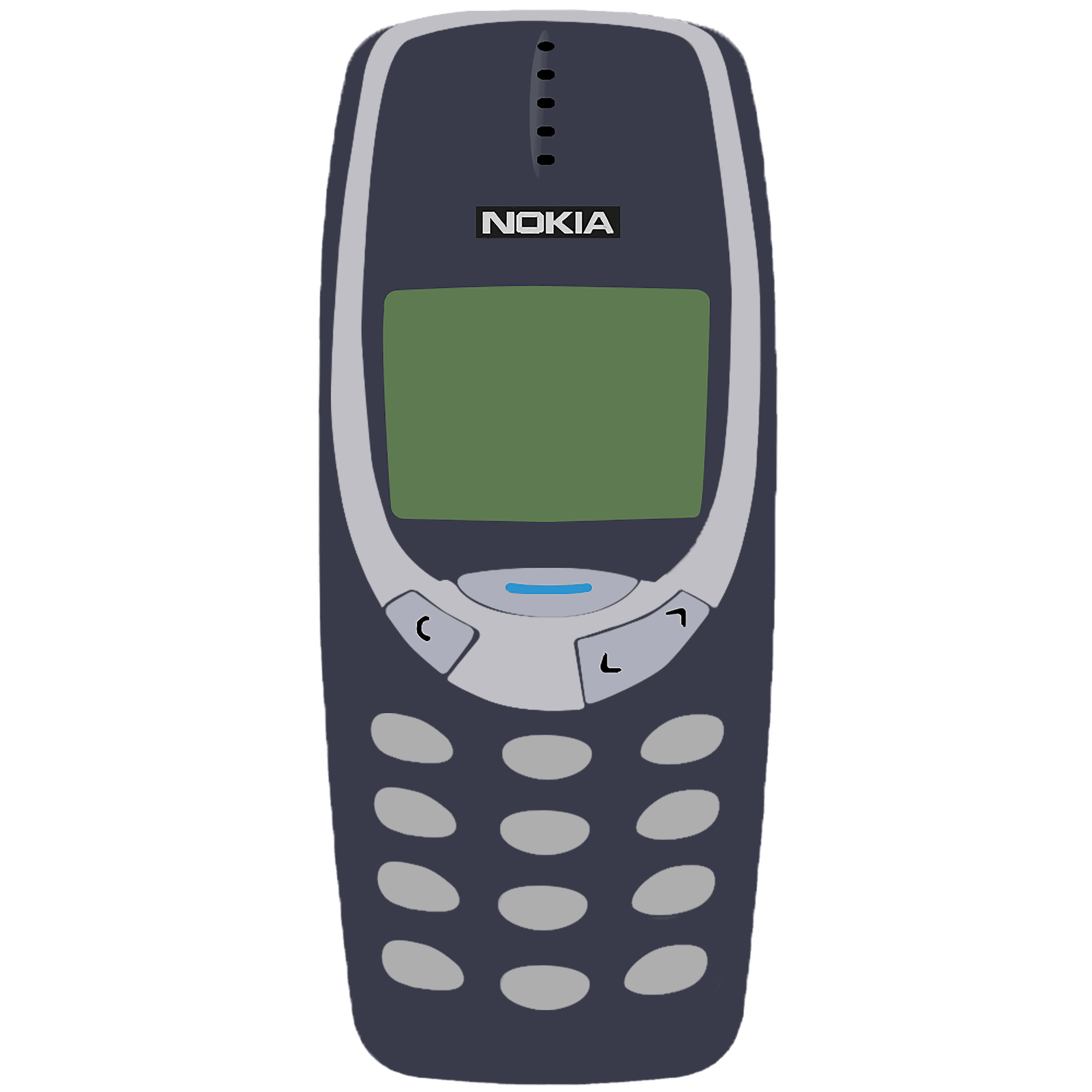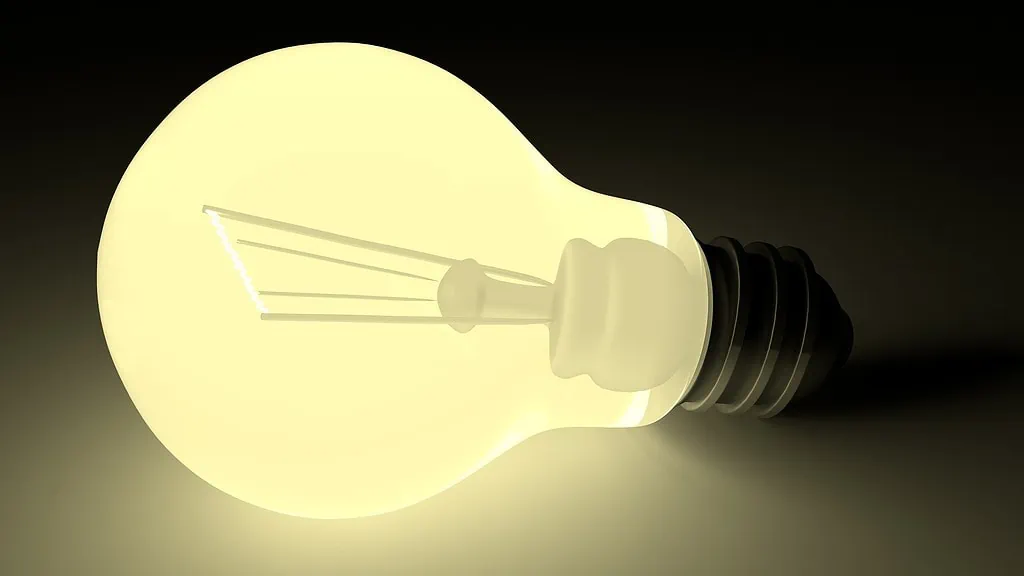
Programmed obsolescence
Why don’t electrical appliances last longer ?
For a number of years now, certain manufacturers deliberately shorten the life of their products so that they can more often sell new ones.

One example of this is the most common electrical product- the smartphone. Who doesn’t remember the old mobile phones, for example Nokia, which definitely couldn’t do much compared to the new, modern phones, but which were indestructible and even today can still be called unbreakable? They still work today even if it is in a limited capacity and the battery life compared to modern phones is almost infinite.

Light bulbs are another example of this. The first light bulbs worked with a carbon filament and not a tungsten one, which later became the case. Carbon filaments are about eight times thicker than metallic ones and are, therefore, more durable. Changing for tungsten filaments allowed for a rise in consumption and so, an increase in sales.
It’s because of this that the sadly famous « Phoebus cartel » was born in 1920, by which representatives of the main global manufacturers of incandescent light bulbs decided together to reduce the longevity of light bulbs to 1000 hours. This is only one of the sectors that has resorted to programmed obsolescence.
It exists in different forms of subtlety, from artificial durability where fragile parts break and cause a malfunction, to parts that become unattached and irretrievable, the price of repairs that cost more than buying a replacement or even for aesthetic reasons whereby older versions of a product are deemed as outdated. Manufacturers know all the techniques to make customers pay. Associated with intensive marketing that makes us believe that only the most recent product is the best, that it can wash things even whiter or that it will last even longer, we as consumers fall for their tricks.
Ink cartridges are another example. The sensors are sometimes configured to indicate that the cartridge is empty even though there is still ink left in them. Approximately 350 million ink cartridges are sent to landfill each year.
From an environmental point of view, these practices are catastrophic. From a macro economy point of view we, unfortunately, always say that this practice creates jobs. However, the future is clearly in sustainability. In fact, with sustainability in mind, optimised products that are more respectful of the environment allow us to create new jobs, including jobs in repairs and recycling. Using this model, there are long term environmental gains.
What can we as consumers do then ?
Like the well-known saying, “the customer is king”, we are the ones who shape what is offered by what we demand. It’s therefore up to us to change the way we consume. We don’t have to have the latest smartphone every year, especially if the “old” one still works fine. If we use our fully functioning devices for longer, we instantly prevent lots of waste. For example, it’s not necessary to buy a new phone if only the screen is slightly damaged, it can be repaired. And even if we need to replace our phone, it doesn’t necessarily have to be a brand new one. Nowadays, there are a number of suppliers who sell second hand phones that have been repaired and work perfectly. It’s also a good idea to choose a device where the parts can be replaced separately if they stop working. This means that we won’t need to replace the whole phone if the battery no longer works for example.
For ink cartridges, we can buy refillable ink cartridges and save even more ink (grayscale thinner fonts etc) or simply use less and think twice before printing.
Thanks to the internet and to its numerous product reviews and references or the company presentations, today it’s easier than ever to know if the new product has a short shelf life, if it was made locally, under fair working conditions and if alternatives exist. This is the case for many products; light bulbs, smartphones, ink cartridges, cars or even fashion.

Programmed obsolescence doesn’t only exist with electronics. Even temporary fashion trends are nothing more than the fashion industry’s attempt to increase sales. As the fashion industry is one of the largest polluters in the world, we would do well to also change our buying behaviours in this area too. This could mean, not running after every new clothing trend but selecting classic, timeless pieces. It could also mean not necessarily buying new cloths , there are many second hand and vintage shops which have a great range of unique, top-quality items from many different time periods.
Politicians and businesses are becoming aware of changing consumer attitudes. In the case of incandescent light bulbs, the old light bulbs have been banned for some time and today, LED light bulbs are the norm – they last much longer, use much less energy and illuminate just as well.
A European norm must force businesses to extend the shelf life of products, particularly by making them easier to repair. However, this is only one part of the European green deal (europa.eu/Germany/news) that aims to make Europe the first climate neutral continent by 2050.
It’s important because 45 million tonnes of electrical and electronic waste is collected each year in the world. This include many gadgets which we don’t really need, for example, that funny Christmas gift with a battery that can’t be removed and so the whole gift must be thrown away once the battery stops working.
Reuse, repair and recycle are the future for devices and products for many reasons, not only because the raw materials needed to make these products (precious metals, rare earth etc) are non-renewable. Some companies already offer bonuses for returning their products at the end of their working life. From a zero-waste point of view, this doesn’t go far enough and that’s why we, as consumers, should lead by example with our buying power.
We only buy what we really need, if possible locally and without packaging, and we use devices for as long as possible. When it’s no longer possible to use our products, we should then try to put the materials back into the circuit or to use them in a different way.

